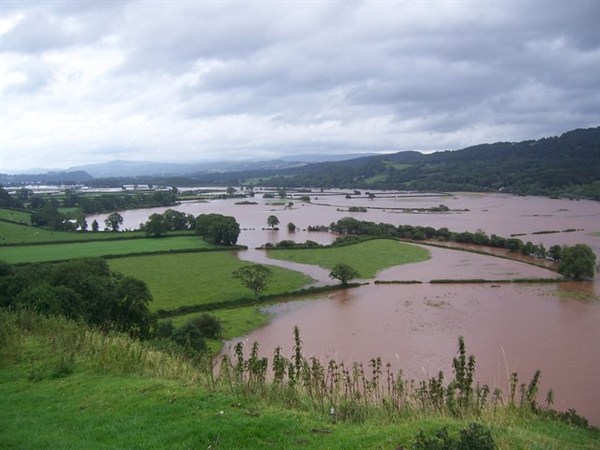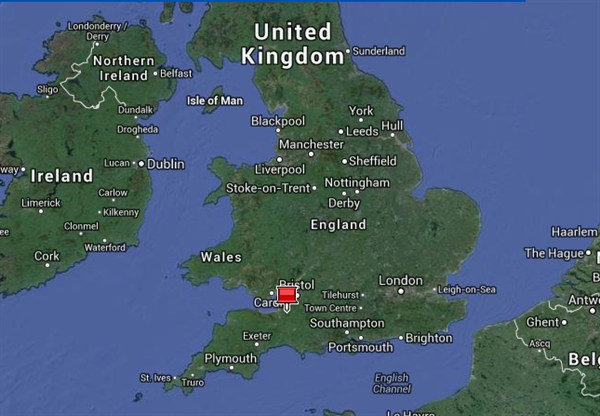One story has dominated newspapers over the last couple of months: flooding. Since Christmas, the UK has been beset by storms and heavy rainfall, causing river banks to burst and journalists to go into overdrive. Among the swathes of commentary is some pretty technical language, and it’s not always clear what – or why – certain things matter.
Here’s our guide to the key terms.
Heavy rainfall
Sometimes when it rains, it pours. And when it pours, parts of the UK sometimes flood.
There’s certainly been a lot of rain over the last couple of months. Official Met Office figures show this winter brought with it one of the most exceptional periods of rainfall in England and Wales in at least 248 years, when records began. When the two months are combined, it was the wettest December and January in the UK as a whole since 1910.
The rainfall has hit the south fastest. In January, parts of the southern England received more than 200 per cent of the average rainfall for the month – shown in dark blue in the maps below.
Jet stream
The jet stream is a thin, fast-flowing ribbon of air high up in the atmosphere that acts to steer weather systems towards the UK. Storms usually follow a pathway across land and ocean, known as a storm track. The position of the storm track is largely determined by the jet stream.
A recent report by the UK’s official weather forecaster, the Met Office, said the jet stream was unusually strong in December and January, creating perfect conditions for a sequence of strong storms to weave their way across the Atlantic to the UK. A different jet stream extending across North Africa and the North West Pacific has also showed some unusual movements, which scientists think is contributing to recent storminess in the UK.
This BBC Weather video explains all.
Flood types
There are many types of flooding, and the UK has recently experienced all of them in different parts of the country.
Fluvial flooding occurs when rivers overflow due to heavy rainfall or melting ice. This is the sort of flooding currently hitting parts of Buckinghamshire as sections of the Thames burst its banks.
Tidal flooding occurs when high tides or storms cause waves to breach flood defences. Some parts of the UK experienced this kind of flooding late last year, with some coastal towns – such as Aberystwyth – getting battered by high winds and a rampant sea.
Pluvial flooding occurs when rainwater flows off urban developments or can no longer be absorbed by natural drains. Commentators have expressed concern that this sort of flooding could become more common in the UK, as developers continue to build on land which acts as a natural flood defence.
Natural drainage
Natural drainage involves taking advantage of trees, plants and soil to manage where water flows and gets absorbed. Preserving or developing natural drainage can help prevent floods.
For instance, afforestation – or replanting trees – can provide natural drainage as trees intercept and channel water flows, and absorb some of the rainfall. In contrast, building on floodplains is detrimental to natural drainage.
Floodplain
A floodplain is an area next to the banks of a river that often gets flooded. There are many floodplains in the UK which act as a natural flood defences, absorbing water when rivers overflow.
The government’s official climate change advisor, the Committee on Climate Change, has warned that continuing to build on floodplains increases the risk of severe flooding, as heavy rain falls on to concrete rather than being absorbed by bare earth.

River Tywi floodplain in Carmarthenshire
Dredging
Dredging has been a controversial issue over the last eight weeks. Dredging involves scraping sediments off a river bed to increase its depth, and can potentially reduce the risks of flooding.
Somerset residents have claimed the Environment Agency’s failure to dredge rivers was partly responsible for the recent floods, a decision communities secretary Eric Pickles later apologised for.
The Environment Agency has disputed that dredging would have prevented the floods, however. It told the BBC it spent £45 million in the last financial year to improve river flows, including dredging. The agency says a river’s depth could not be increased enough to contain the extreme water flows that are currently being experienced.
Environment Agency
The Environment Agency is responsible for implementing the government’s environmental policy, and has been heavily criticised for its response to the flooding in recent weeks.
It is an “executive non-departmental public body”. That means it is funded by the government – and accountable to MPs – but doesn’t have a minister in charge of it.
The Environment Agency’s chief is a politician, but not an MP. Currently it’s Lord Smith, who is a life-peer in the House of Lords. He has been under pressure to resign in the midst of what has been perceived as the agency’s failure to prevent the floods and respond to the crisis.
Somerset Levels
The Somerset Levels are a wetland area in central Somerset. The area has been in the news a lot recently because it has experienced some of the worst flooding.

Location of the Somerset Levels
Lots of politicians have visited the area in recent days to demonstrate their concern about the crisis.
Department for Environment, Food, and Rural Affairs (Defra)
Defra is the government department responsible for overseeing flood defence management and crisis response. It has been criticised for cutting flood defence spending in recent years, despite originally claiming this wasn’t the case.
The person in charge of the department – environment secretary, Owen Paterson – has been widely criticised for failing to take the risk of flooding seriously. The minister is known to be skeptical about the causes and seriousness of climate change, leading his opposition party equivalent, shadow energy minister Maria Eagle, to question his credentials for the role. Environmental campaign group, Greenpeace, has called for the prime minister to remove Paterson from office.
For more information on the floods, and the media’s reaction, see these blogs:
Met Office report spells out climate change link to UK storms and flooding
What the papers say: UK flooding crisis
Analysis: How climate change features in newspaper coverage of the UK’s floods
Will climate change mean more storms and floods for Britain?
UK flood fund underestimates number of homes at risk
Can the government overcome inconsistencies in its flood planning?


